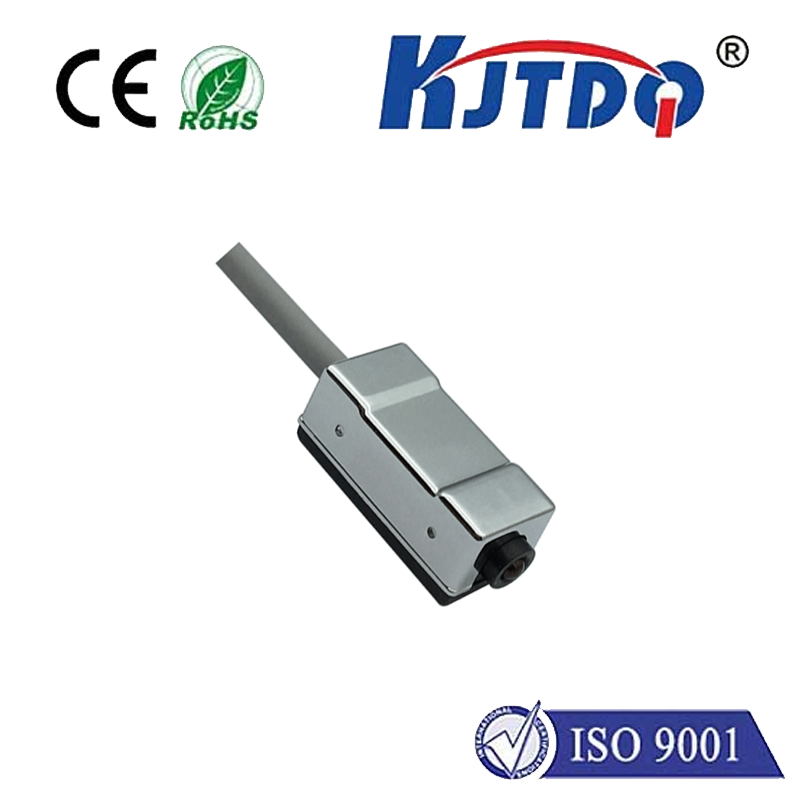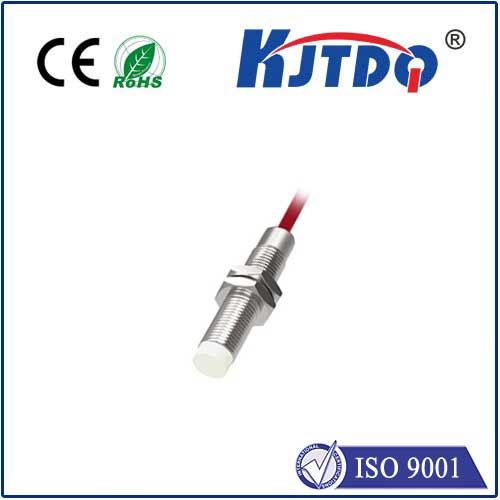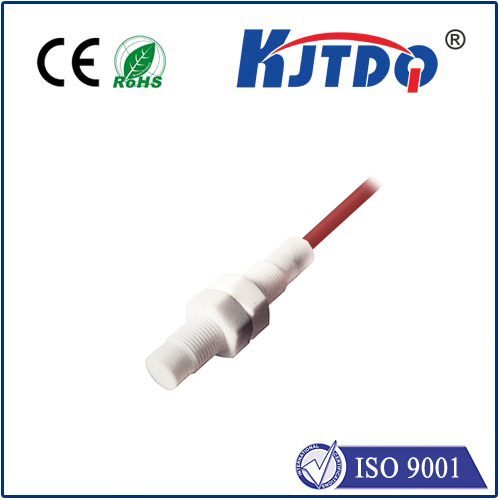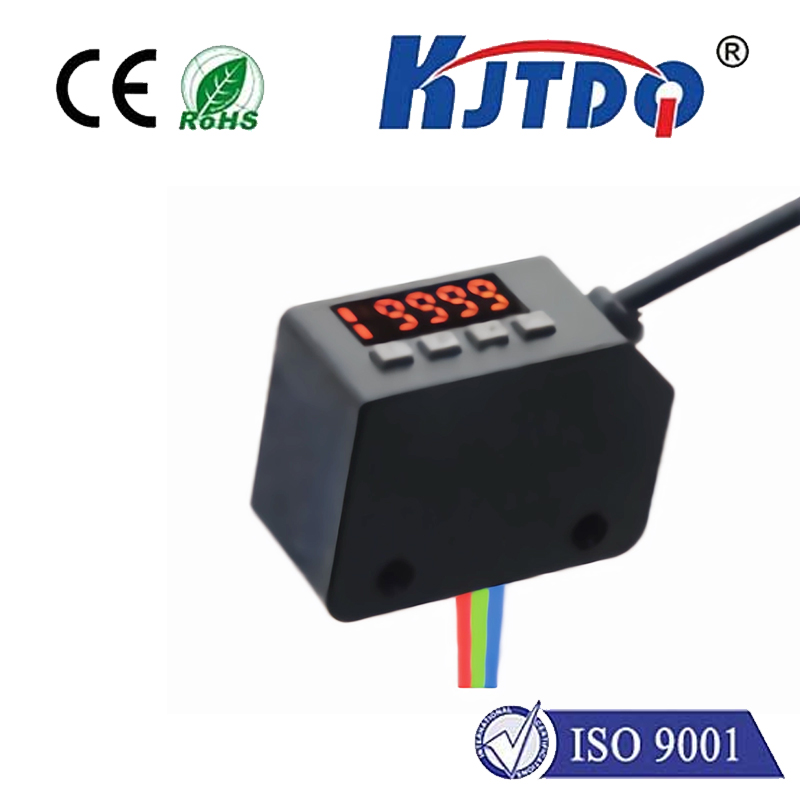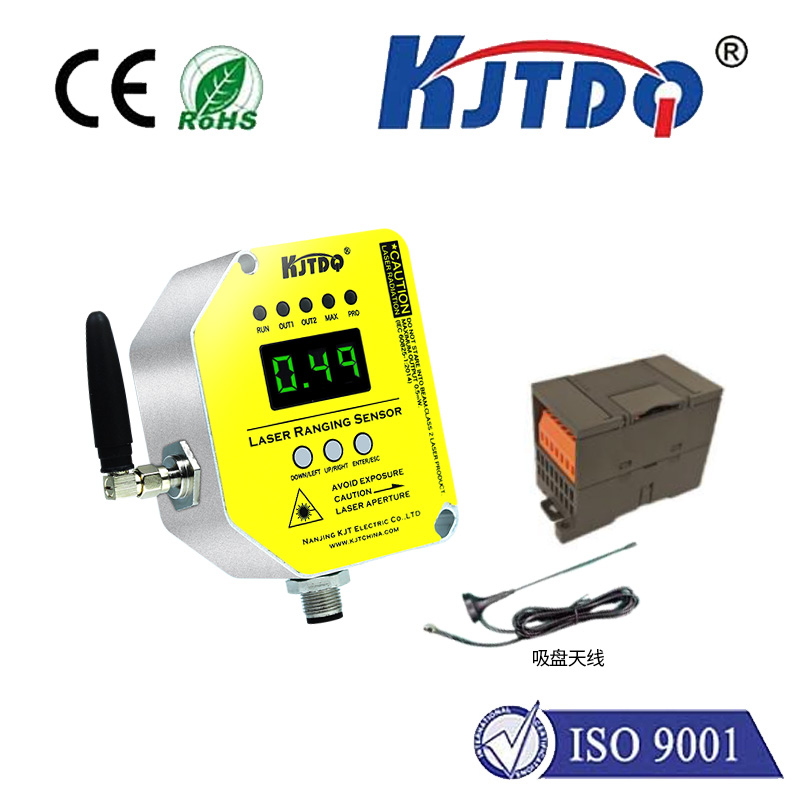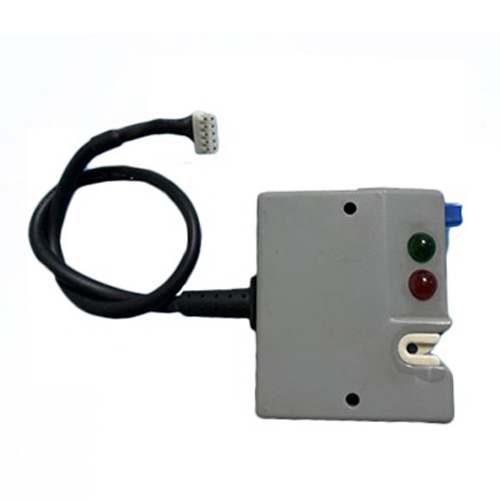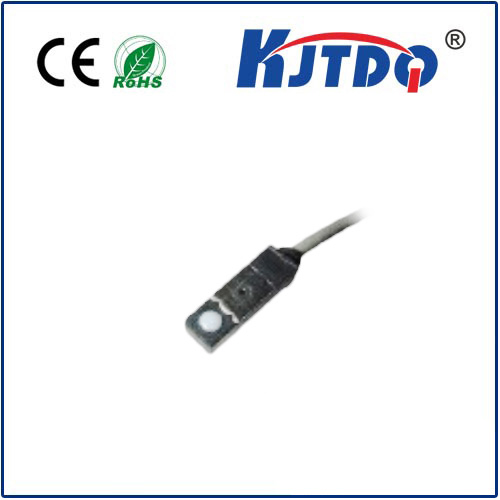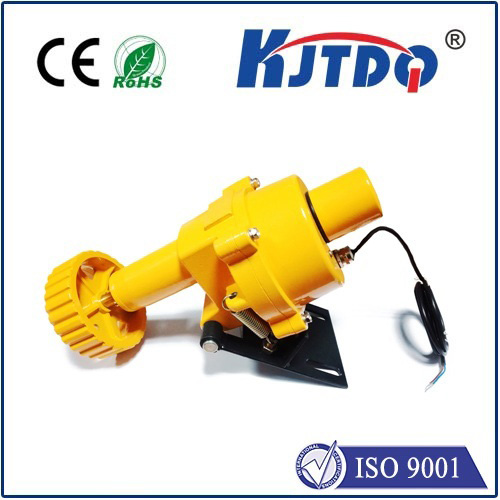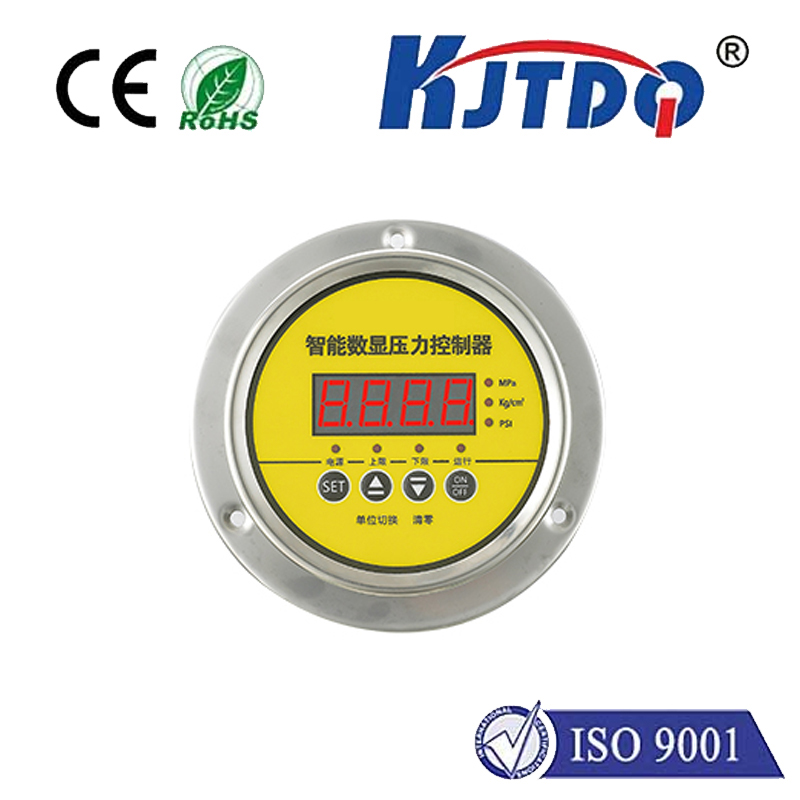15mm pnp no proximity sensor reed switch
- time:2025-09-08 02:14:55
- Нажмите:0
The 15mm PNP NO Reed Switch: Where Compact Size Meets Magnetic Sensing Reliability
In the dynamic world of industrial sensing, finding the right solution often means balancing size constraints, environmental demands, and the fundamental task of reliable detection. When the application calls for verifying the presence or absence of a magnetic field, especially in confined spaces or challenging conditions, a specific type of sensor stands out: the 15mm PNP NO Proximity Sensor with a Reed Switch. While true proximity sensors (like inductive or capacitive types) detect metal or material presence directly, this unique device leverages magnetic fields, offering distinct advantages where standard proximity sensors aren’t suitable.
Understanding the Core: The Reed Switch Principle
At the heart of this sensor lies the reed switch, a remarkably simple yet robust technology. It consists of two ferromagnetic, nickel-iron reed contacts hermetically sealed within a small glass tube filled with inert gas. When no magnetic field is present, these reeds remain open (in a Normally Open - Нет! configuration). However, bring a permanent magnet within the sensor’s sensing range, and the magnetic field induces opposite magnetic poles in the reeds, causing them to attract and snap together, closing the circuit. Remove the magnetic field, and the inherent springiness of the reeds forces them apart again, opening the circuit. This physical movement creates a clean electrical switch action.
Decoding the Specifications: 15mm PNP NO

Let’s break down what “15mm PNP NO” specifically means for this sensor type:
- 15mm: This refers to the diameter of the sensor’s threaded barrel (typically M12 x 1.0 threading). This compact 15mm form factor is crucial for installations where space is extremely limited – think small machinery, compact actuators, or densely packed control panels. Its small size allows it to fit where larger sensors simply cannot.
- PNP (Sourcing Output): This defines the transistor switching output configuration. In a PNP sensor, when active (reed switch closed), the output line connects the load to the positive supply voltage (V+). Essentially, it sources current to the load. PNP sensors are widely compatible with many standard PLC input modules and industrial control circuits designed for sourcing inputs. It’s characterized by a common negative (-) connection.
- NO (Normally Open): As described, the reed switch starts in the open state. Its contacts only close when subjected to a sufficient magnetic field from the target (the magnet). This configuration is ideal for applications where an active signal is required only when the magnet is detected, providing a clear “on” state. It’s a fundamental aspect of its fail-safe nature – no magnet equals no signal.
Why Choose a 15mm PNP NO Reed Switch Sensor?
This specific sensor type shines in scenarios where alternative detection methods fall short:
- Non-Metallic Target Detection: Unlike inductive proximity sensors that only detect metals, reed switches react purely to the magnetic field. This means the target itself can be made of plastic, glass, wood, or any non-ferrous material, as long as it carries or actuates a permanent magnet. This opens possibilities for detecting positions of non-metallic objects, fluid levels (using a float magnet), or door/window status.
- Exceptional Reliability in Harsh Environments: The hermetic sealing of the reed contacts within glass makes these sensors highly resistant to dust, dirt, moisture, oil, and even explosive atmospheres. There are no sensitive electronic components exposed near the sensing point. They can endure high-pressure washdowns, corrosive chemicals, extreme temperatures, and heavy vibration where other sensors might fail.
- Low Power Consumption: The reed switch itself requires minimal power to operate; most power is consumed by the output transistor. This makes them ideal for battery-powered applications or systems where minimizing energy usage is critical.
- Electrical Isolation & Noise Immunity: The physical gap between the reed contacts provides excellent electrical isolation between the sensing element and the control circuit. The switching action is also highly resistant to electrical noise, radio frequency interference (RFI), and voltage spikes common in industrial settings.
- Fast Switching Speeds: While not as fast as some solid-state sensors, the mechanical action of reed switches is still relatively quick, suitable for most industrial speed requirements.
- Fail-Safe Design (NO): The Normally Open configuration provides a clear “off” state when the magnet is absent, which is often desirable for safety-critical monitoring (e.g., confirming a safety guard is closed).
Key Applications for the 15mm PNP NO Reed Switch Sensor
Their unique attributes make them indispensable in specific niches:
- Position Sensing in Pneumatic/Hydraulic Cylinders: A magnet embedded in the piston is detected by sensors mounted externally on the cylinder body to indicate end-of-stroke positions. The 15mm size fits neatly onto smaller bore cylinders. This is perhaps the most common industrial application.
- Safety Interlocks and Door Position Monitoring: Detecting whether machine guards, cabinet doors, or security doors are securely closed via a magnet attached to the moving part. Their ruggedness and reliability are paramount.
- Liquid Level Detection: Magnets embedded within floats moving along a stem activate reed switches at predefined levels for tanks containing water, fuel, chemicals, or other liquids.
- Speed Monitoring (RPM): Sensing magnets attached to rotating shafts, gears, or wheels for low-to-medium speed tachometer applications.
- Conveyor Systems: Detecting the position of pallets or carriers fitted with magnets, especially in washdown environments (food & beverage, pharmaceuticals).
- Valve Position Feedback: Confirming the open/closed status of valves where magnets are installed on the valve stem.
- Mobile Machinery & Harsh Outdoor Environments: Their robustness against weather, shock, and vibration makes them suitable for construction, agricultural, and forestry equipment.
Selecting and Implementing Your 15mm PNP NO Reed Switch Sensor
When integrating these sensors, consider:
- Sensing Distance: The distance at which the magnet reliably activates the switch. This depends on the reed switch sensitivity and the strength and size of the magnet used. Always ensure the magnet passes well within the sensor’s rated sensing distance.
- Magnet Requirements: Typically, AlNiCo, ferrite, or rare earth magnets (like neodymium). Stronger magnets generally provide greater sensing distances or reliability. Ensure correct orientation of the magnet’s poles relative to the sensor.
- Electrical Ratings: Verify the sensor’s voltage range (e.g., 10-30V DC), current rating, and compatibility with your PLC or controller’s input type (confirming it accepts PNP sourcing signals).
- Environmental Factors: While rugged, double-check IP rating (e.g., IP67 is common) and temperature range suitability for your specific application.
- Mounting: The threaded 15mm barrel allows easy installation. Ensure correct alignment with the moving magnet path. Protect cables in high-flex applications.







